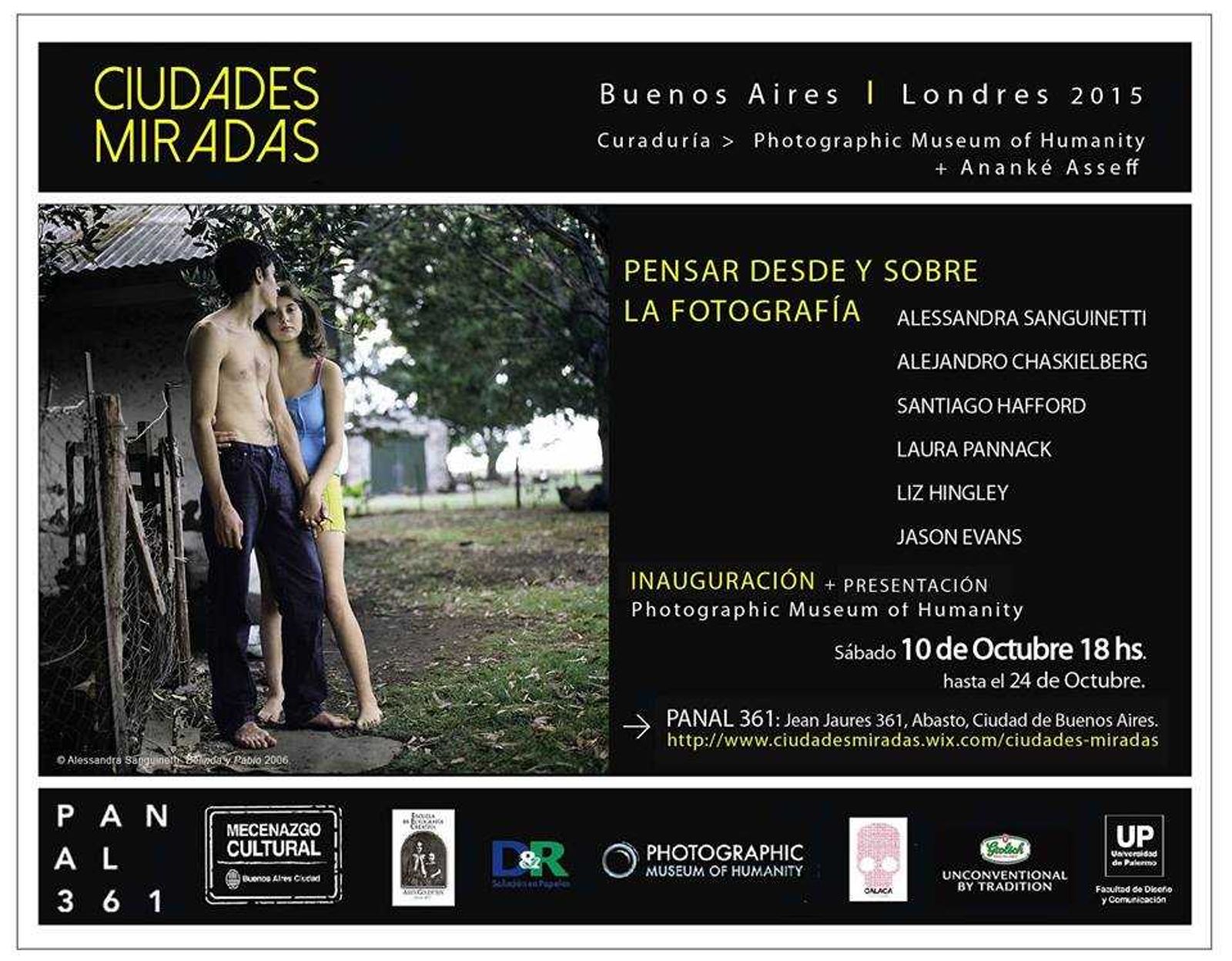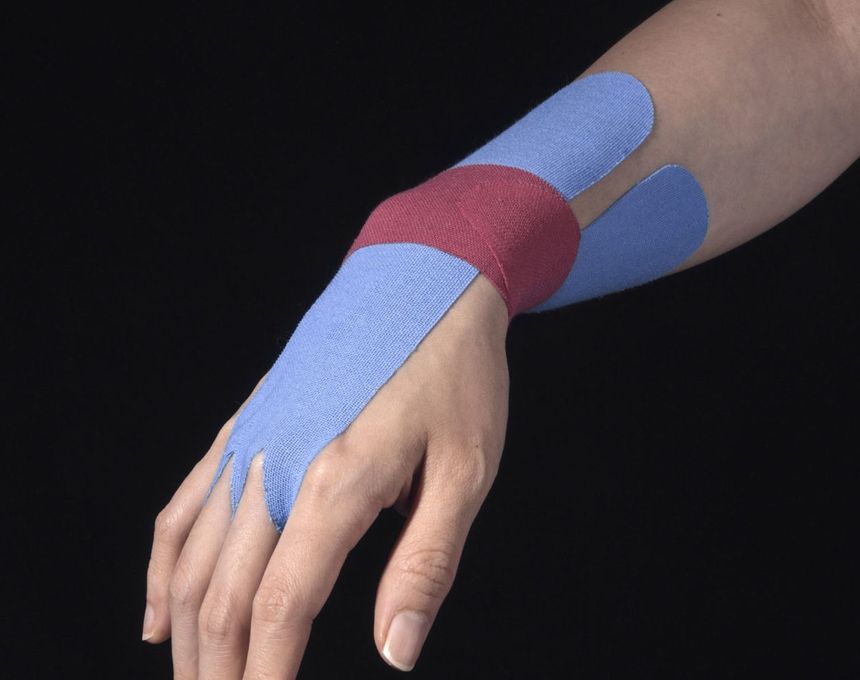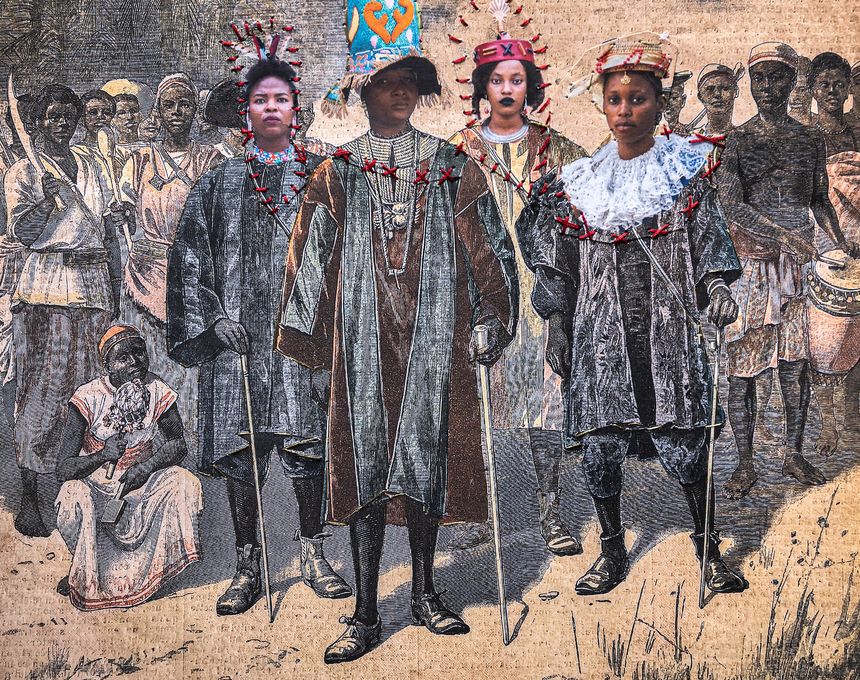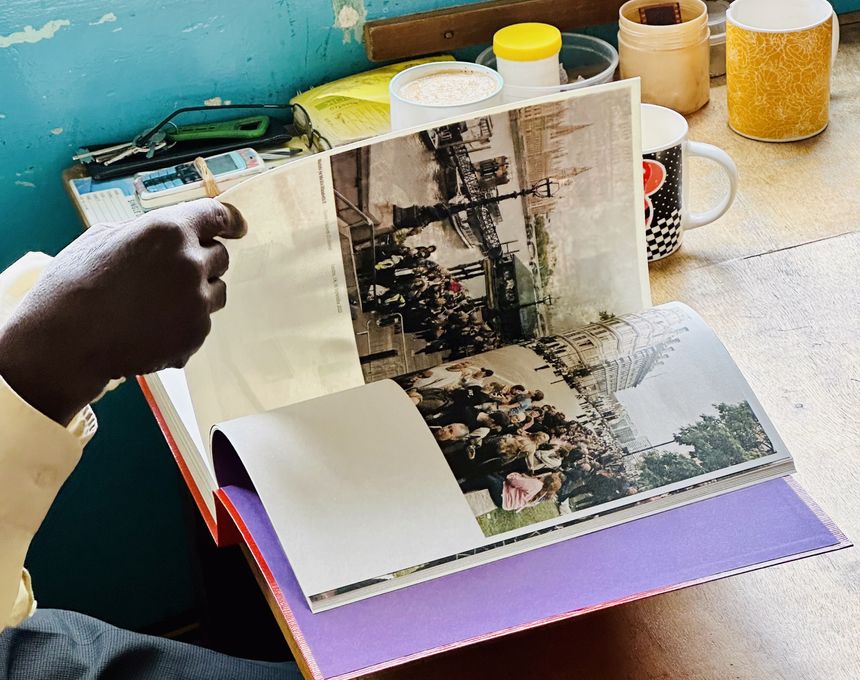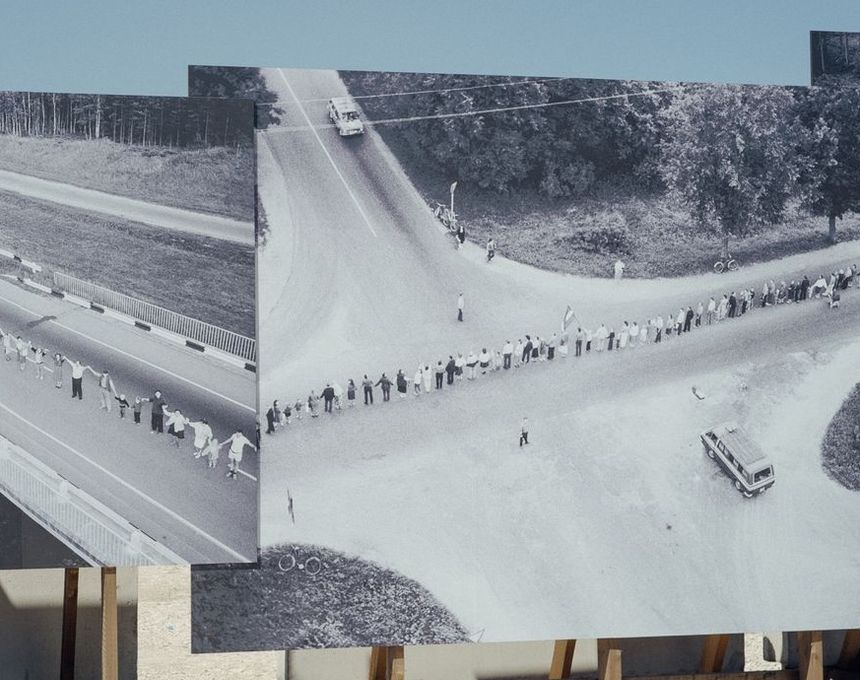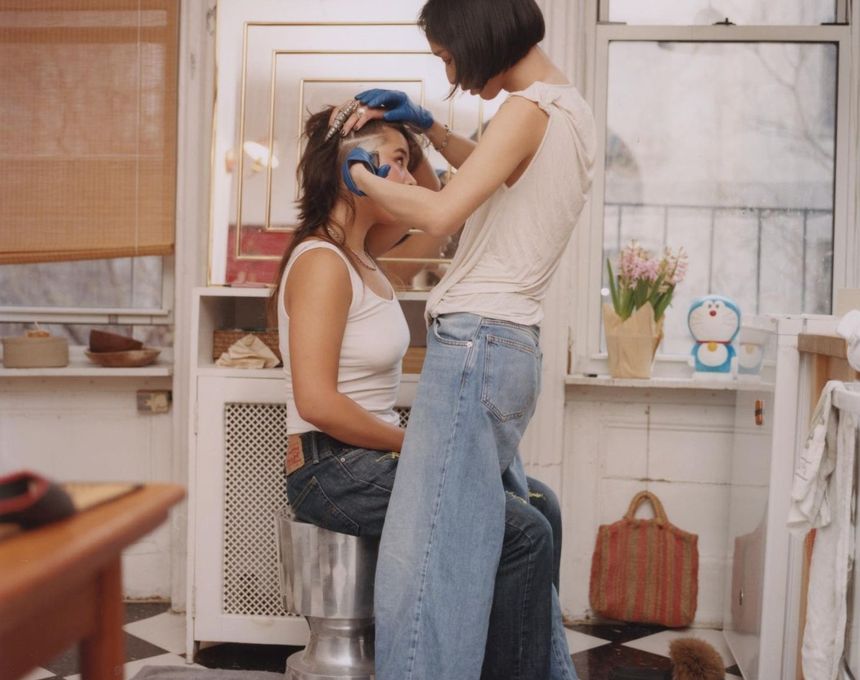The Curators of Ciudades Miradas
-
Published9 Oct 2015
-
Author
PHmuseum spoke with the curatorial team of Ciudades Miradas about the exhibition and the aims of this first edition.
PHmuseum spoke with the curatorial team of Ciudades Miradas about the exhibition and the aims of this first edition.
Firstly, tell us how Ciudades Miradas, the collaborative project between Ananké Asseffand PHmuseum, arose.
Ananke Asseff - For some time now Ihave wanted to create a space of meeting and reflection uponphotography, and I also had the intention of doing something togetherwith PHmuseum. As a visual artist who mainly develops her work in thephotography field, PHmuseum’s proposal brought me some fresh air; a veryprecious thing for me. At the request of Panal 361 for an exhibitionproject, I then invited PHmuseum to be part of the first edition ofCiudades Miradas, developing a collaborative curatorship, on thebasis of their criteria. Ciudades Miradas takes the dialogue as itsaxis, in all senses, and it is characterized by two cities in orderto make possible the reflection on contemporary photography fromdifferent gazes and scenarios, and from different points of view ofall those involved who participate and generate its construction.
Besides being acollective curatorship, Ciudades Miradas is an exhibition thatdevelops a dialogue between photographers who live or work in BuenosAires and London. How does each of the photographers presented inthis exhibition contribute to this dialogue?
Ignacio Colo - Ciudades Miradasexhibition is a space that aims to explore this dialogue at differentlevels: the collaborative dialogue between the curators; the dialoguebetween PHmuseum’s virtual world and Panal 361′s real world; thereflexive dialogue in the spaces of debate; the dialogue between thecreative scenes of Buenos Aires and London; and the dialogue betweenthe authors and their works. In that sense, this exhibition posesmore questions than answers: is there a real exchange between twophotographic scenes so geographically distant? We believe there is away of communication between the works: from Alejandro Chaskielbergand Jason Evan’s chromatic spectrum, to the proximity to thesubjects presented by Liz Hingley and Alessandra Sanguinetti, and thedocumentary and authorial proposals of Santiago Hafford and LauraPannack. However, each photographer coincides in this show from adifferent route: photojournalism, documentary photography, the artworld, Europe, Latin America, the countryside, the city. That is thediversity we believe enriches the dialogue and increases thepossibilities of photography as a language.
The 6 featured authorsanalyze from different places, our contemporary society throughphotography. What is the reflection of Ciudades Miradas in thatsense?
Nicolas Janowski - Regardless of thebody of work they develop, each author is deeply related to the spacein which he or she develops that work. Even if in some cases it isless tangible, these authors are linked to the photographic scenethey belong to: Buenos Aires and London respectively. The process ofselection of the authors was long, and very interesting; it affectedus as a curatorial team with ideas often related, but sometimes not.Furthermore, talking specifically about the selection of the authors,we tried to show the various areas in which contemporaryphotographers from these two places move. We tried to presentproposals related both to conceptual photography and what we usuallycall the “new documentary.”
It is a time wherephotography constantly invites its own analysis and questioning ofthe media. What place does Ciudades Miradas occupy in that context?
Ananke Asseff - I think photographygives this space to reflection of the media because of its ownnature; it is part of its richness. Ciudades Miradas aims to achievea dynamic that gives visibility to various realities, influences, andquests, through photography exhibitions. Many of the different topicsof discussion offer answers, but also more and better questions.Thinking from, and upon, photography.
What do you want theaudience to take from Ciudades Miradas?
Nicolas Janowski - The main thingwould be the joy of seeing 6 authors working at a very high level,who beyond this specific moment in their careers, have solid bodiesof work. Secondly and more generally, we want the whole meeting to bea contribution to start thinking about the new context of Argentinianphotography. Relating to new local and international actors is notonly necessary but healthy for the local scene, and it also breakswith the traditional and endogamic paradigm, a characteristic of theArgentinian photography framework.
PHmuseum is the firstonline museum dedicated to photography, but more and more it isdeveloping concrete actions, taking the work of members of thecommunity to events. In what ways do you think one space feeds theother? How has this worked with Ciudades Miradas?
Giuseppe Oliverio - One of our maininterests has always been the relationship between the virtual andthe real world. That is why since 2012 we have been developingprojects related to this, such as our journeys with the Museum Vanduring which we connect personally with the photography community ofdifferent countries, replicating in some way what PHmuseum does onlineevery day. Over the years, these comings and goings between theonline and the offline have intensified and we have started, forexample, to curate physical exhibitions of photographers from ourcommunity, and propose them for calls, prizes, scholarships, andcollaborations with photography festivals. This exhibition is onemore opportunity in which we want to relate these two worlds. Ourintention is to invite the public to benefit from photography in aphysical space curated specifically with work of photographers fromour community, so they can learn about the universe of stories andauthors on our platform, and more generally, about the world ofcontemporary photography.
In the context of theopening this Saturday October 10th, there will be a presentation byPHmuseum. Tell us what it will be about…
Giuseppe Oliverio - Firstly, we wantto share with the public the most interesting topics presentedthroughout the event: the intention behind the show, the curatorialcriteria that inspires us, and the ideas we have developed for therealization of an exhibition of this kind. Also, we will exclusivelypresent the new PHmuseum platform, to be launched in December, which aimsto connect photographers from our network with the main internationalmedia, facilitating the circulation of the visual stories that are apart of the PHmuseum community.
-
Ciudades Miradas is a collectivecuratorial project between PHmuseum Curators - Giuseppe Oliverio, IgnacioColó, and Nicolás Janowski - and Argentine photographer Ananké Asseff. The exhibition opened its doors on October 10th at Panal 361, Buenos Aires and featured thework of six recognized photographers from Buenos Aires and London,namely Alessandra Sanguinetti, Alejandro Chaskielberg, and SantiagoHafford (Argentina); and Laura Pannack, Jason Evans, and Liz Hingley(England). Ciudades Miradas also counted with a presentation byPHmuseum Ceo and founder Giuseppe Oliverio, and a cicle of roundtables.Learn more about Ciudades Miradas at the official website.
